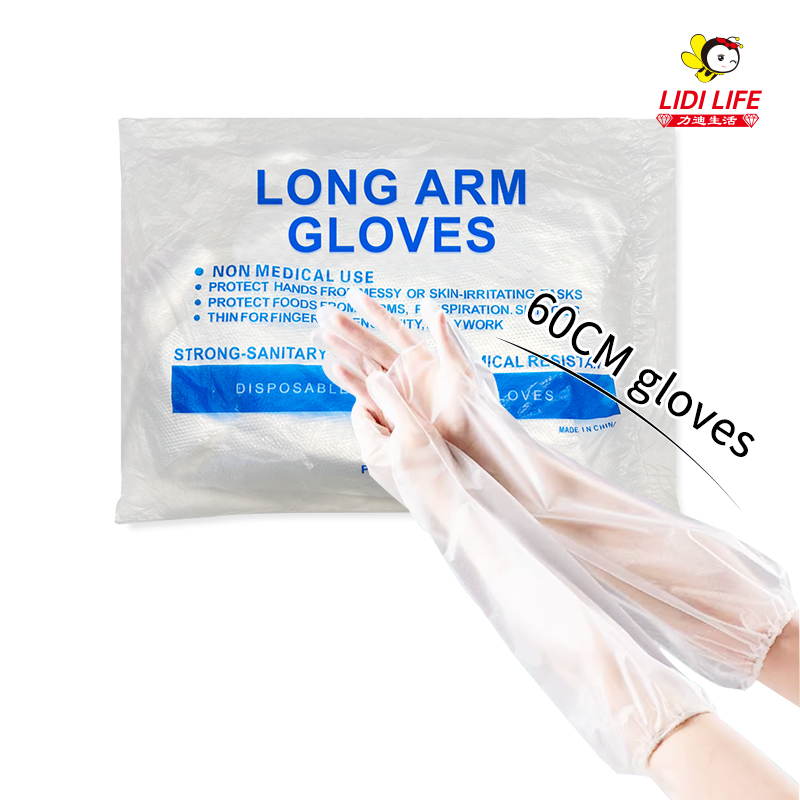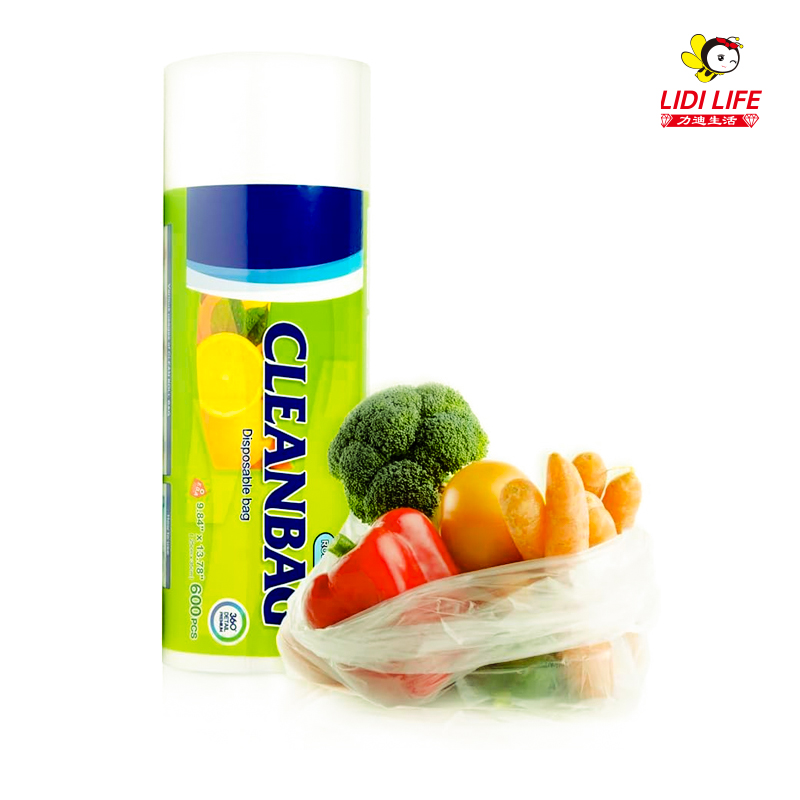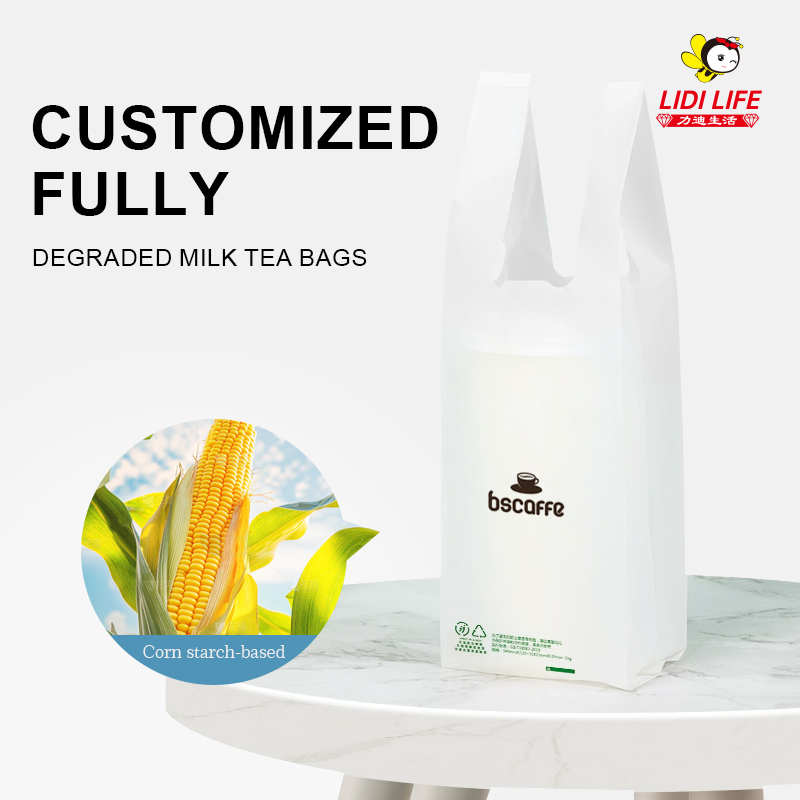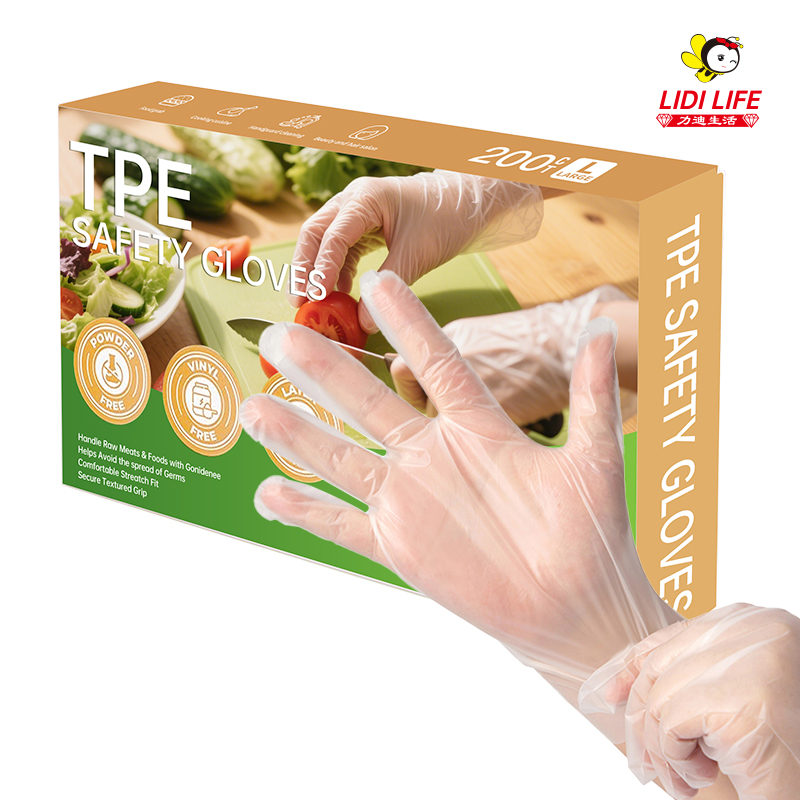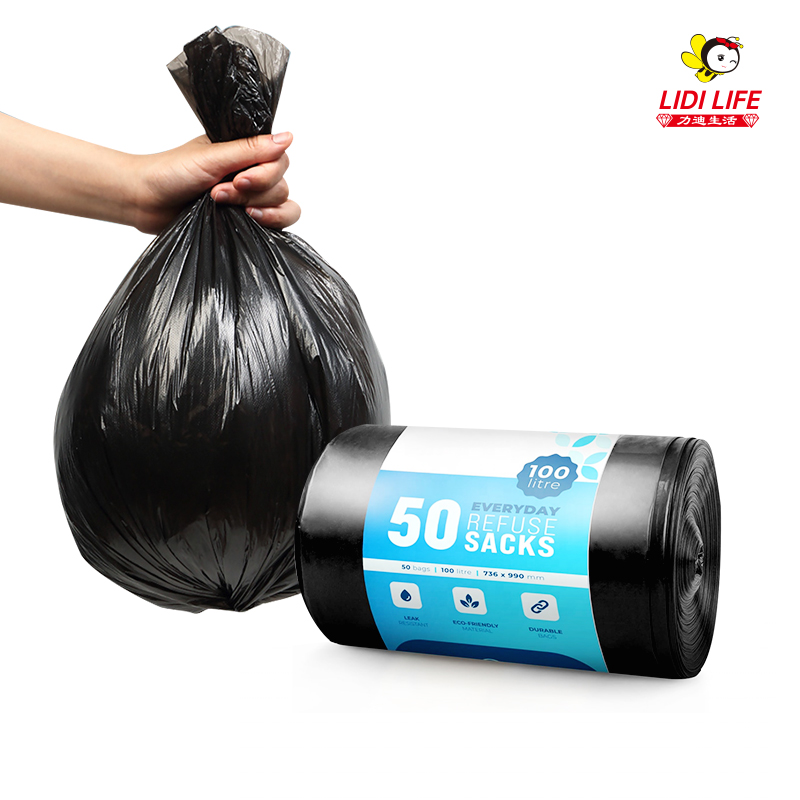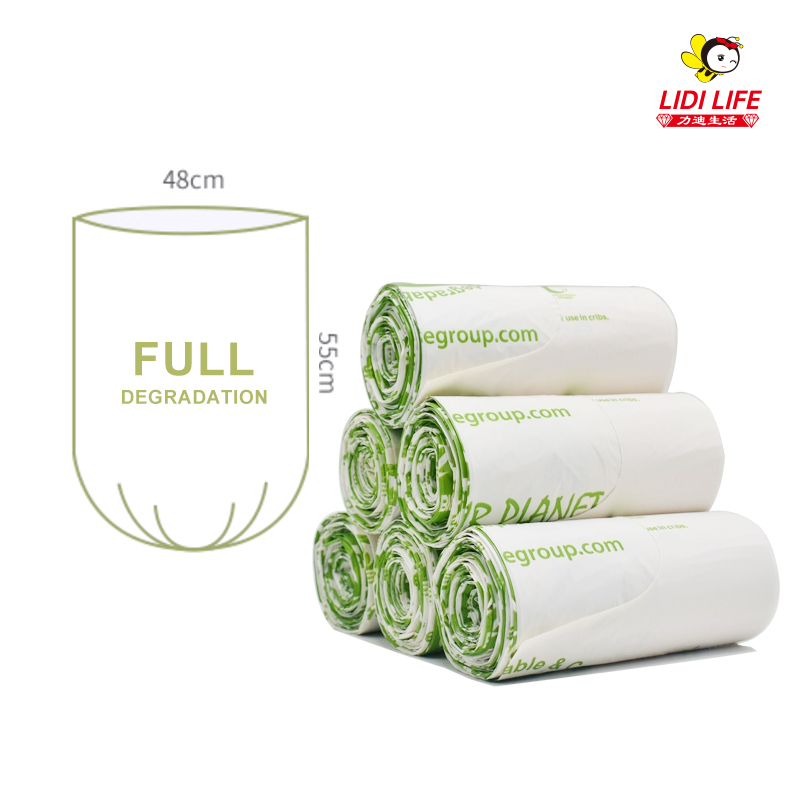In recent years, advances in materials science and manufacturing have transformed the design and performance of disposable gloves. Once used simply as a thin barrier for hygiene, today’s gloves integrate sophisticated technologies to enhance comfort, durability, and safety across various industries. Whether in hospitals, laboratories, or food preparation areas, the evolution of modern glove technology has focused on improving fit, tactile sensitivity, and resistance to chemicals and allergens.
Disposable Exam Gloves: Precision and Protection in Healthcare
In medical and clinical settings, disposable exam gloves remain one of the most essential protective tools. The latest versions of disposable exam gloves are designed with enhanced tactile sensitivity, allowing doctors and nurses to perform delicate procedures while maintaining strong protection against viruses and bacteria. Modern disposable exam gloves are now available in advanced nitrile and hybrid materials that combine flexibility with improved puncture resistance, addressing one of the major limitations of traditional latex gloves.
Furthermore, new manufacturing techniques have minimized glove thickness while preserving durability. This makes disposable exam gloves lighter, more comfortable, and easier to wear for extended periods. Many also feature micro-textured fingertips for better grip, even in wet conditions. These developments show how disposable exam gloves have evolved from simple disposable items into precision-engineered tools supporting both safety and performance in healthcare.
Non-Powder Gloves: Cleaner and Healthier for All Users
One of the most significant shifts in glove technology is the move toward non-powder gloves. In the past, many disposable gloves were coated with powder, usually cornstarch, to make them easier to don. However, this powder could cause allergic reactions, contaminate sterile environments, and affect food safety. Modern non-powder gloves eliminate these risks by using advanced surface treatments that provide a smooth interior texture, allowing for easy wear without powder additives.
The latest non-powder gloves are not only safer but also more environmentally friendly. Manufacturers have developed eco-conscious production processes that reduce chemical residues while maintaining comfort and elasticity. As a result, non-powder gloves are now the preferred choice in hospitals, laboratories, and food industries where cleanliness and skin safety are paramount.
Non-Latex Disposable Gloves: Allergy-Free and Versatile
Latex allergies have long been a concern for both healthcare professionals and patients. To solve this issue, the industry has developed non-latex disposable gloves, made from materials such as nitrile, vinyl, and polyethylene. Modern non-latex disposable gloves provide the same elasticity and comfort as latex versions while eliminating the risk of allergic reactions.
Nitrile-based non-latex disposable gloves offer superior puncture resistance and chemical protection, making them suitable for healthcare, automotive work, and cleaning applications. Vinyl and synthetic hybrid variants are more economical and ideal for short-term use, such as in food service. The latest formulations of non-latex disposable gloves also focus on reducing glove fatigue — meaning they fit more naturally and feel less restrictive, even during long shifts. These innovations have made non-latex disposable gloves the new global standard for safety and comfort.
Chemically Resistant Disposable Gloves: Advanced Industrial Safety
Industrial and laboratory work often involves exposure to harsh chemicals and solvents. For these environments, chemically resistant disposable gloves have become indispensable. These gloves are designed using advanced polymers and multilayer construction to resist acids, bases, and oils without compromising flexibility.
Modern chemically resistant disposable gloves feature improved barrier technology, ensuring that even thin gloves can withstand corrosive substances. Materials such as nitrile, neoprene, and specialized blends provide protection while maintaining tactile feedback. Workers in chemical laboratories, painting industries, and cleaning services rely on chemically resistant disposable gloves to ensure their safety when handling potentially dangerous materials. The development of these gloves reflects a significant advancement in protective technology, where high performance meets comfort and convenience.
Food Vinyl Gloves: Safe and Hygienic Food Handling
In the food industry, hygiene and safety are top priorities, and food vinyl gloves play a crucial role. These gloves are specially formulated from polyvinyl chloride (PVC) that meets food-contact safety standards. The latest food vinyl gloves are free from harmful additives such as BPA and phthalates, ensuring they are safe for use with all types of food.
Compared to older models, modern food vinyl gloves are softer, clearer, and more flexible, making them easier to wear for long periods. Their smooth surface prevents sticking to food items, while their resistance to oils and fats makes them ideal for handling meat, dairy, and baked goods. Because food vinyl gloves are affordable and easy to replace, they remain a staple in restaurants, catering, and food manufacturing facilities around the world.


